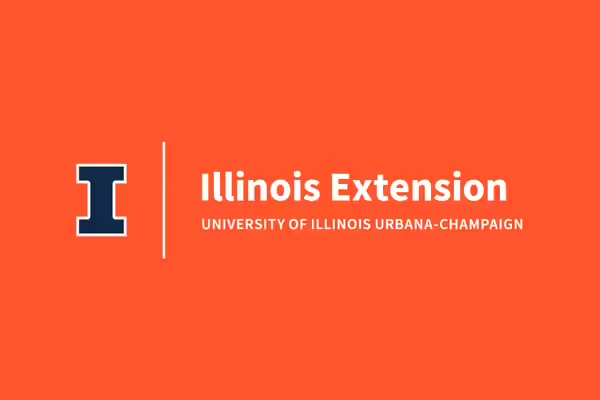
ROCK ISLAND, Ill. – Moving from a conventional operation to one focused on soil health brings about several considerations and decisions. Soil health practices focus on four primary principles: minimize disturbance, maximize living cover, maximize biodiversity, and maximize continuous living roots. In-field conservation practices may address one or more of the soil health principles. A more soil health focused operation, especially one that includes no-till, diverse crop rotations, and cover crops can bring many positive outcomes. These include improved water infiltration, increased organic matter, increased biological diversity, and reduced nutrient losses. Current research is investigating other benefits of a soil health focus, such as potential impacts to plant health and resilience to pests, reducing needs for herbicides, insecticides, and fungicides.
Soil health-focused conservation practices that can bring many benefits to an operation, many of which are complementary to integrated pest management (IMP). Cover Crop mixes can meet various needs and/or goals for an operation, including weed suppression, pest management, and soil-borne pathogen control.
Weed suppression Growing while the field would otherwise be bare, a cover crop can compete with weeds through the fall and spring prior to planting. The increased competition for resources can reduce a weed’s ability to survive and may decrease the need for herbicide applications. Cover crops also reduce the amount of sunlight reaching the soil surface, which reduces a weed’s ability to germinate and grow. Cover crops can also release a chemical from the roots or from decaying cover crop residue, which also inhibit weed seed germination. This weed suppression benefit may become increasingly important as more weeds develop herbicide tolerances.
Beneficial insects and reduced insect damage Another added benefit of cover crops, depending on the cover crop mix used, is its ability to attract beneficial insects. These beneficial insects can compete with detrimental insects resulting in a decreased need for insecticide applications. It is important to keep in mind when selecting cover crops that the system could favor pests or beneficials. Multiple studies have been conducted across Illinois to determine the impact of cover crops on insect pest management. Current research being conducted by Nick Seiter indicates that it is relatively uncommon to have incidence of economic damage following a cover crop. Research also indicates that reduced insect pest populations can be linked to enhanced soil health.
Soil-borne pathogen control Soil health promoting practices such as no-till, diverse crop rotations, and cover crops can also impact and increase the soil microbiological diversity. Increased microbiological diversity has been shown to reduce soil-borne pathogens that cause plant disease. Research indicates that a more diverse ecosystem below ground is correlated to a plant’s ability to resist or tolerate insect pests and disease. The increased biodiversity in the soil results in an increased number of beneficial organisms that help to prevent disease infection in a cash crop.
Economic Benefits Several soil health-focused practices may reduce the need for herbicide, insecticide, and/or fungicide applications. This results in an economic benefit. The reduced need for chemical applications, especially in a time when some chemicals are difficult to source and increasingly expensive, in addition to reduced field traffic, result in a better economic return on a cash crop.
For additional information on the impact of soil health promoting practices’ impact on insects, contact Nick Seiter or your local commercial agriculture educator. For additional information on the impact of soil health promoting practices’ impact on soil-borne pathogen control, contact Chelsea Harbach or your local commercial agriculture educator.
ABOUT EXTENSION: Illinois Extension leads public outreach for University of Illinois by translating research into action plans that allow Illinois families, businesses, and community leaders to solve problems, make informed decisions, and adapt to changes and opportunities.